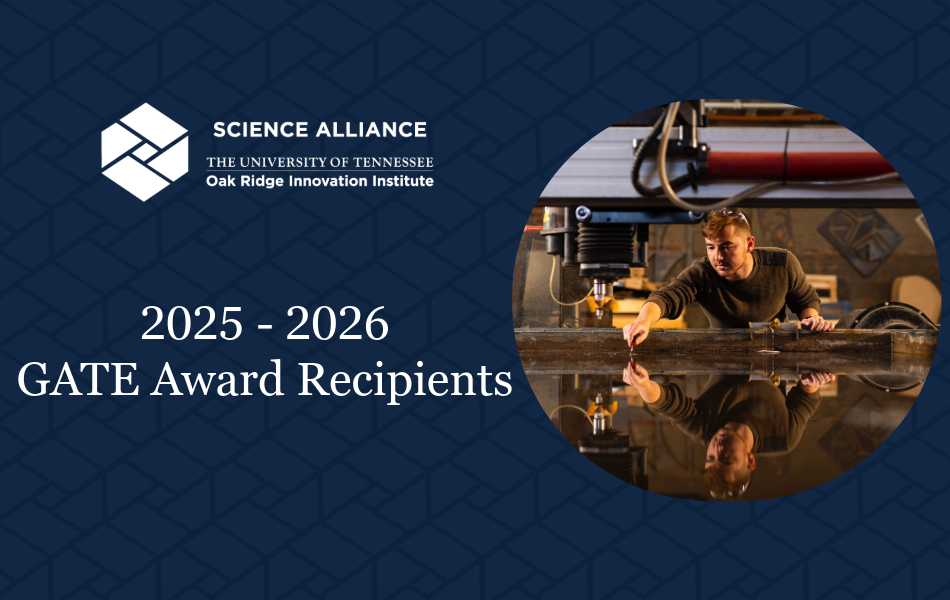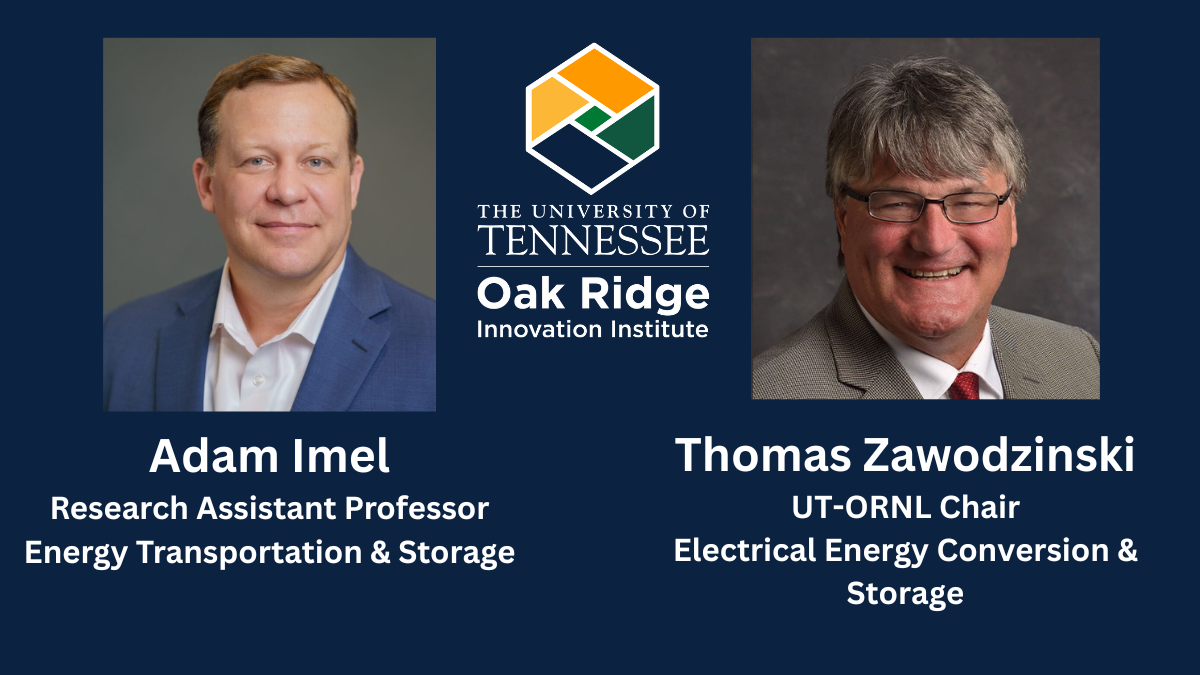From upcycling polymers to making ultra-tough adhesives, much of Tomonori Saito’s research has focused on making stronger and more functional polymer materials that are energy efficient and environmentally friendly.
“We tailor polymer chemistry for many energy-related applications such as plastic recycling, batteries, building materials, and manufacturing,” said Saito, who is a senior scientist at Oak Ridge National Laboratory and a joint faculty associate professor and graduate advisor at the University of Tennessee-Oak Ridge Innovation Institute’s Bredesen Center.
Saito works with a team of ORNL scientists who recently designed a recyclable polymer for carbon-fiber composites to enable circular manufacturing of strong but lightweight parts that boost energy efficiency in automotive, wind power, and aerospace applications. The research was published in Cell Reports Physical Science.
“ORNL’s carbon-fiber composites enable fast processing and can be repaired or reprocessed multiple times, opening pathways to circular, low-carbon manufacturing,” Saito said.
Using a similar design principle, Saito and his team at ORNL developed a method for upcycling thermoplastic acrylonitrile butadiene styrene (ABS) into a material that can be used in fused-filament fabrication, a popular 3D-printing technique. When used in 3D printing, the resulting material produces stronger, tougher, and more solvent-resistant, three-dimensional components that are easily recyclable. Their research was published in Science Advances.
Saito has also led in the creation of ultra-tough adhesives by upcycling commodity plastics.
His team used polymer chemistry to transform a common household plastic into a reusable adhesive that has both strength and ductility—making it one of the toughest materials ever created. The technology adapts to bear heavy loads, tolerate extreme stress and heat, and reversibly bonds to various surfaces including glass, aluminum, and steel. Published in Science Advances, the research opens the door to designing a new class of tough adhesives with multiple desirable functionalities.
He also led the work on creating a novel polymer to bind and strengthen silica sand for binder jet additive manufacturing, a 3D-printing method used by industries for prototyping and part production. The study, published in Nature Communications, demonstrates a 3D-printed sand bridge that at 6.5 centimeters can hold 300 times its own weight, a feat analogous to 12 Empire State Buildings sitting on the Brooklyn Bridge. Using the polymer, the silica sand can be 3D printed into exceptionally strong sand cores or “tools” with intricate geometric shapes. Lightweight materials, such as carbon fiber or fiberglass can be wrapped around the sand cores and cured with heat. Despite its strength in binding the silica sand, the polymer is water soluble, which means tap water can be used to flush the sand from the final product to leave a hollow composite form.
Saito was recently honored with two Science and Technology awards from ORNL.
He received the Research Accomplishment award for significant impacts in polymer science, especially polymer upcycling. The award acknowledged his success in publishing his research in 12 peer-reviewed journal articles, for receiving two issued patents, as well as three nonprovisional and three provisional patent applications, and for winning a 2021 R&D100 award.
He also shared in the Outstanding Scholarly Output award for developing the novel polymer system that makes 3D-printed silica sand stronger than concrete. In addition to being published in the prestigious journal Nature Communications, the development received attention in a variety of media outlets, including Mashable.com, Phys.org, Defense Digest, and STEM Magazine. It also earned a Top 10 spot in Nature’s “Science in Shorts” video competition.
Saito earned his bachelor’s and master’s degrees at Waseda University in Tokyo, Japan, and then came to the United States to complete his doctorate at Virginia Tech, one of the leading institutes in polymer science. He did two years of post-doctoral research at Pennsylvania State University and then came to ORNL to do a second post-doc. He’s been on the ORNL staff since 2012.
Saito and his wife have two daughters, ages 9 and 4.
When he’s not working, Saito enjoys spending time with his family and being active in his church. He likes to play tennis and ski—although he admits he doesn’t have much time for either anymore.
“I do spend time cooking on weekends, and vegetable gardening in the summer in order to have high-quality meals,” he said.




